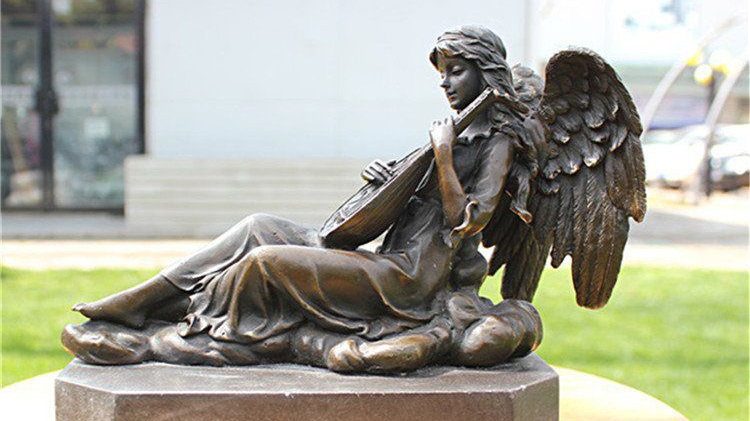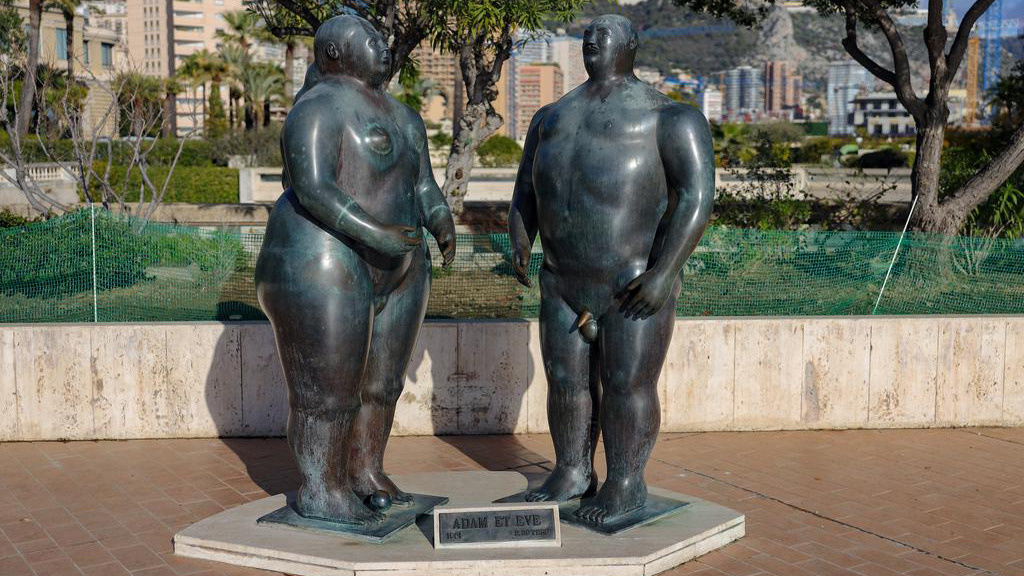When it comes to the casting process for copper sculpture, the following steps are usually involved:
1.Creating a Prototype:
First, an artist creates a prototype model, usually using clay, wax, or another plastic material. This prototype is made based on the artist’s design and ideas.
2.Make a Mold:
Once the prototype is complete, a mold needs to be made so that it can be replicated. Common mold materials include silicone, rubber, or other pourable materials. The mold completely encloses the prototype to ensure the accuracy of reproduction.
3. Molten copper bath:
Next, the copper bath, also known as casting alloy, needs to be prepared. Copper alloys are usually composed of copper and other metallic elements such as zinc, tin and aluminum to provide the specific properties and colors desired. Copper alloys are melted to high temperatures to facilitate pouring.
4. Pouring:
After the copper alloy is melted, it is carefully poured into pre-prepared molds. The copper water will fill the cavity of the mold, fully covering all the details and surfaces of the prototype.
5. Cooling and solidification:
Once the copper water is poured into the mold, it will gradually cool and solidify. This process takes a certain amount of time to ensure that the copper alloy is completely solidified and achieves the required hardness.
6. Separate the mold:
Once the copper alloy is completely cooled and solidified, the mold can be carefully separated. Often, the mold is cut or disassembled to allow the copper sculpture to be removed from it.
7. Manual trimming:
After the copper sculpture is taken out of the mold, the artist will manually trim and organize it. This includes repairing surface imperfections, cleaning up unnecessary material, and further sculpting and processing details to achieve the final look the artist intended.
8. Surface Treatment and Finishing:
Finally, copper sculptures may require surface treatment and finishing. This can include polishing, sanding, applying special coatings or chemical treatments to enhance the appearance and protection of the sculpture.
It is worth noting that the casting process for copper sculpture may vary according to the specific needs and technical preferences of the artist. Different craftsmen and studios may use different methods and techniques to realize the creation of copper sculptures.


